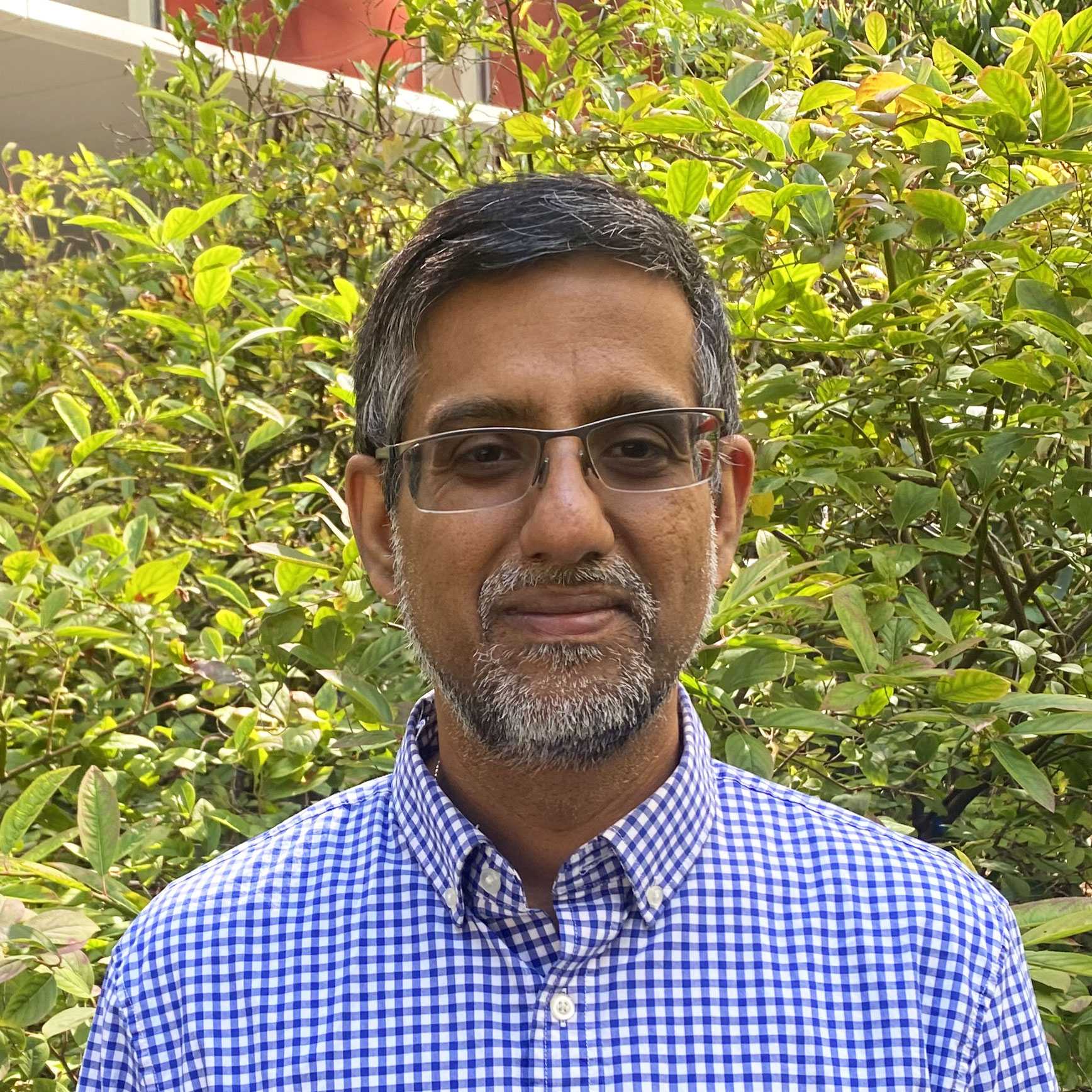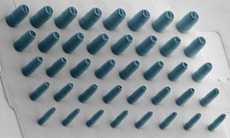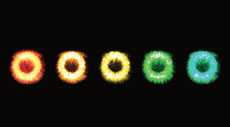Kartik Srinivasan
Adjunct Professor, JQI Co-Director
FellowAdministration

Contact Information
UMD
- Email:
- kartiks@umd.edu
- Office:
University of Maryland
2102 Atlantic Building
College Park, MD 20742- Office Phone:
- (301) 405-8934
- Lab:
- PSC B0150
NIST
- Email:
- kartik.srinivasan@nist.gov
- Office:
National Institute of Standards and Technology
100 Bureau Drive Stop 6811
Building 216, Rm B157
Gaithersburg, MD 20899- Office Phone:
- (301) 975-5938
Additional Info
- CV:
- KS_CV_Mar2020.pdf
- Google Scholar
- View Profile
About
Kartik is a Fellow of the JQI and the NIST Microsystems and Nanotechnology Division. He received his undergraduate and graduate degrees in Applied Physics from Caltech and worked there as a postdoctoral scholar before moving to NIST in 2007. He joined the JQI in 2019.
Research Areas:
- Integrated photonics design/fab/test
- Integrated quantum photonics
- Nanoscale electro-optomechanical transducers
- Nonlinear nanophotonics
Research Groups
JQI
Recent Publications
300 mm wafer-scale SiN platform for broadband soliton microcombs compatible with alkali atomic references
, , Optics Letters, 50, 5578-5581, (2025)All-optical azimuthal trapping of dissipative Kerr multi-solitons for relative noise suppression
, , APL Photonics, 10, 016104, (2025)All-optical noise quenching of an integrated frequency comb
, , Optica, 12, 1020–1030, (2025)


